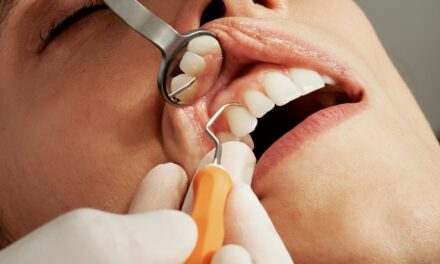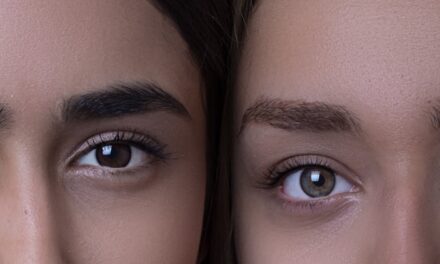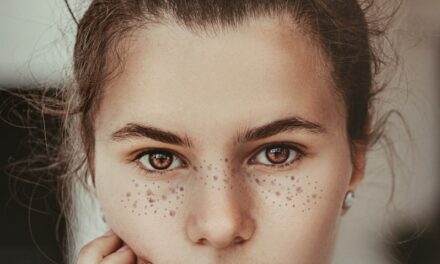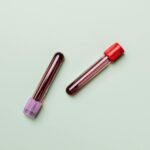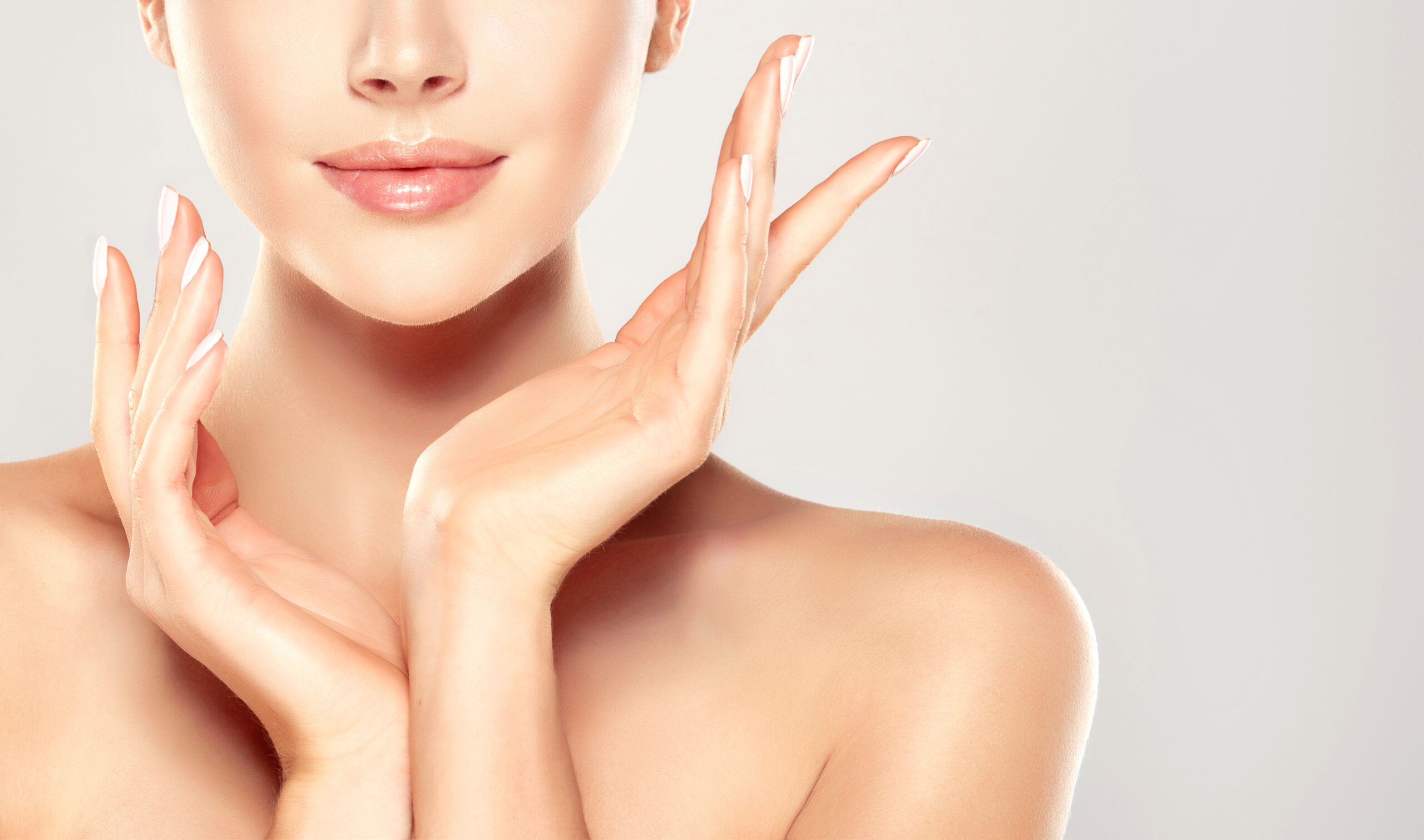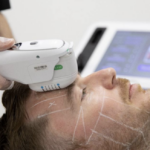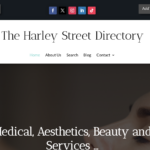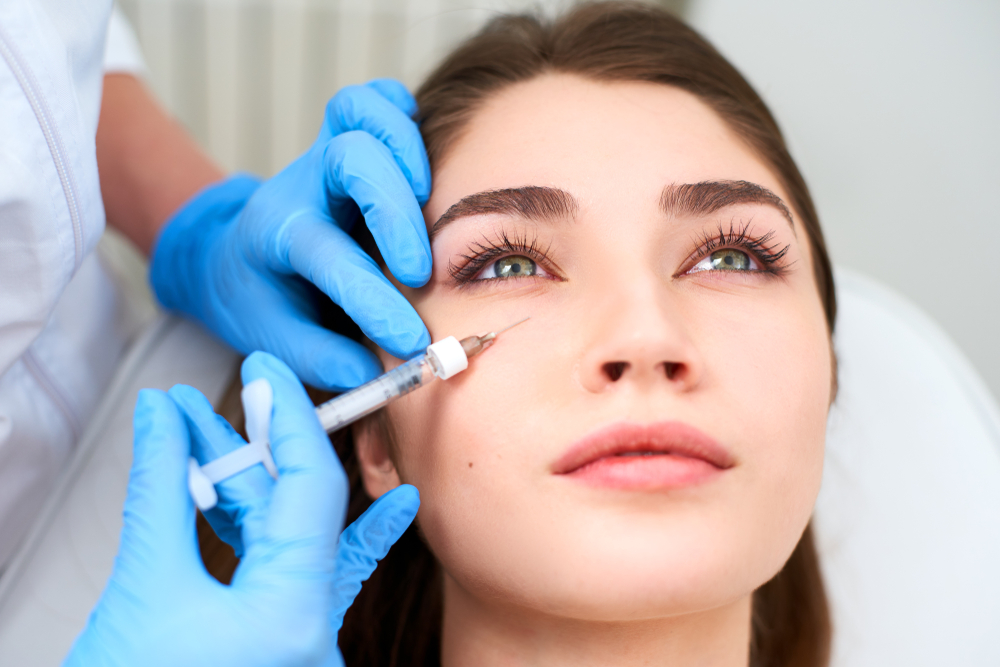By Rosie Wilson
Recent findings in data released by BAAPS show that demand for both ‘obvious’ surgery and cosmetic surgery in general has lessened since 2013.
The British Association of Aesthetic Plastic Surgeons (BAAPS) revealed that the number of cosmetic procedures performed last year decreased by 9% compared to the year before, and that some operations had fallen out of fashion more than others.
There was a leaning towards subtle and anti-ageing procedures like eyelid surgery and fat transfer. More ‘obvious’ surgeries like rhinoplasties and abdominoplasties dropped dramatically, and breast implants – whilst still the most popular procedure of 2014 – dropped by a dramatic 23% on the year before. Reflective of their increasing unavailability on the NHS, breast reductions rose, although only by 3%. Surgical liposuction for women experienced the most growth, with numbers up 10% on the year before.
Rhinoplasty for men and male breast reduction fell by 30% and 10% respectively. Male eyelid reduction fell by a small 4%, which made it the most popular surgical choice for men in 2014. The ratio of male to female cosmetic surgery patients remained largely unchanged; men make up about 9% of all aesthetic procedure patients.
Overall, male plastic surgery fell by 15%, and female by 9%. The number of total surgical procedures in 2014 was 45,506 and their order of popularity has changed for the first time in five years. The BAAPS welcome these changes, saying that patients are carefully considering their procedures, rather than viewing them as a ‘quick fix’.
Rajiv Grover, consultant plastic surgeon and former President of the BAAPS, said: “The difference between 2013 and 2014 may seem surprising, but the dramatic double-digit rise last year was very clearly a post-austerity ‘boom’, and figures are simply now returning to a more rational level. It might seem counter-intuitive that as plastic surgeons we could possibly welcome such a change, but we are pleased that the public are now so much more thoughtful, cautious and educated in their approach to cosmetic surgery.”
“Aesthetic preferences naturally evolve over time – 2014 saw man sporting bushy beards and women bushy eyebrows, as well as a number of ‘enhanced’ celebrities downgrade their implant sizes. In cosmetic surgery the natural, less-is-more look is definitely on the rise as patients opt to be ‘tweaked’ rather than ‘tucked’.

